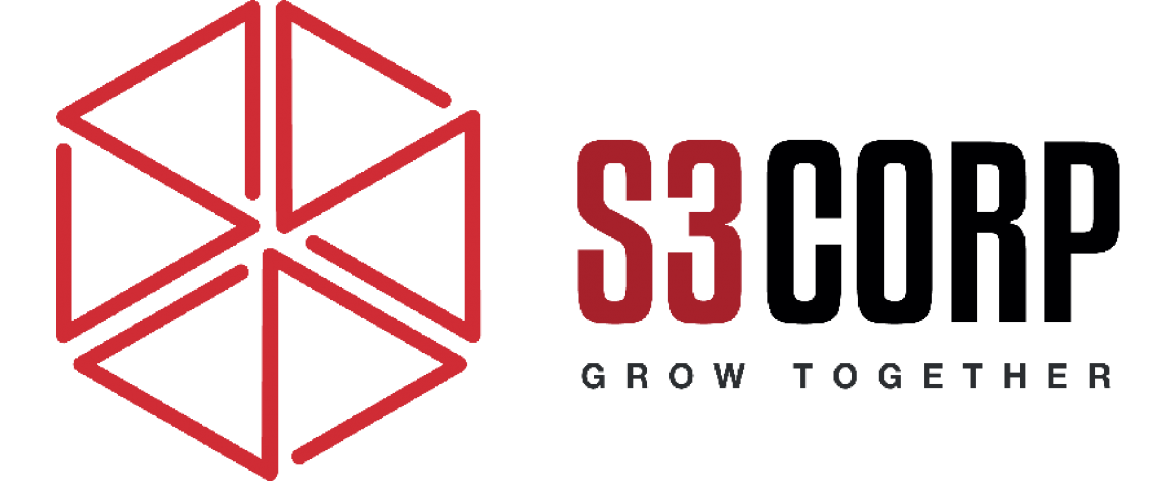The Top 8 JavaScript Frameworks of 2025
— July 5, 2019JavaScript remains an essential tool in web and mobile application development. Over the years, its growth has transformed the way businesses create digital solutions. This programming language, which once added basic interactivity to static HTML and CSS web pages, now powers some of the most dynamic and complex web and mobile applications. By 2025, the JavaScript ecosystem has expanded significantly, introducing new frameworks and libraries while refining existing ones. These advancements have further solidified JavaScript’s status as a top choice for web and mobile app development.
This article explores the most popular JavaScript frameworks in 2025, emphasizing their capabilities, recent updates, and their importance for businesses, including those leveraging outsourcing services like S3Corp in Vietnam.
Why JavaScript Remains Essential
JavaScript has been one of the three pillars of web development since its release in 1995, alongside HTML and CSS. As of 2025, research indicates that over 97% of websites use JavaScript, cementing its role in creating dynamic, user-friendly interfaces. Companies such as Netflix and Amazon have set benchmarks for interactivity using JavaScript, allowing users to browse, stream, and shop seamlessly. Features like live updates, real-time content changes, and personalized experiences are largely enabled by JavaScript frameworks.
The demand for JavaScript development has also fueled the growth of outsourcing services. Companies in markets like Vietnam, known for their high-quality, cost-effective software solutions, increasingly specialize in using JavaScript frameworks to meet global client needs. S3Corp, a leading software outsourcing services in vietnam, exemplifies how businesses can leverage these frameworks to deliver efficient and scalable applications without maintaining large, in-house development teams.
In 2025, JavaScript frameworks continue to drive innovation. Below are the leading frameworks dominating the web and mobile development landscape this year.
The Top JavaScript Frameworks in 2025
React.js
React.js has maintained its dominance in the JavaScript ecosystem due to its efficiency and flexibility. Created by Facebook, it powers both web and mobile applications through its virtual DOM (Document Object Model) system. This innovation ensures that React only updates the components that change, optimizing performance and speed.
React’s thriving community and consistent updates keep it relevant. By 2025, the introduction of React 18 has solidified its place in creating dynamic single-page applications (SPAs) and progressive web apps (PWAs). React’s integration with frameworks like Next.js further enhances server-side rendering capabilities, improving SEO performance—a critical factor for businesses seeking high web traffic.
S3Corp and other outsourcing providers frequently use React to create scalable and interactive platforms for clients, ranging from e-commerce platforms to complex enterprise solutions. React’s ease of learning also makes it an attractive option for training new developers in outsourcing teams.
Angular
Angular, developed by Google, remains one of the most comprehensive front-end frameworks in 2025. Its integration with TypeScript allows developers to build applications with enhanced scalability and error detection. Angular 14, the latest release, introduces improved standalone components and enhanced debugging tools, addressing long-standing developer concerns.
Businesses using Angular benefit from its extensive library of tools and modules, making it ideal for enterprise-level applications. For example, financial services platforms, often built in collaboration with outsourcing teams, benefit from Angular’s robustness in handling complex data workflows.
Vietnam-based outsourcing providers like S3Corp continue to leverage Angular for its ability to build feature-rich applications quickly. The framework’s ecosystem is particularly appealing for large-scale projects requiring seamless integration across multiple systems.
Vue.js
Vue.js has seen steady growth, becoming a favorite for developers seeking simplicity and performance. By 2025, Vue 4 has refined its reactivity system, offering improved rendering speeds and better state management. Vue’s lightweight architecture makes it suitable for building small to medium-sized applications with a focus on user experience.
Vue’s adaptability has attracted companies like Alibaba and Adobe, and its popularity among outsourcing firms is rising. With its intuitive design, Vue is ideal for outsourcing teams collaborating across time zones, as it reduces the learning curve and accelerates project timelines.
Svelte
Svelte, a relatively new entrant in 2025, has gained significant traction due to its unique approach to building applications. Unlike other frameworks that handle rendering in the browser, Svelte compiles components into optimized JavaScript during the build process. This eliminates the need for a virtual DOM, resulting in faster load times and better performance.
Svelte’s simplicity and performance benefits have made it a preferred choice for startups and small businesses. Its growing ecosystem is a testament to its effectiveness in handling modern web application demands. Outsourcing providers are increasingly incorporating Svelte into their toolkits, especially for projects emphasizing performance and minimalism.
Ember.js
Ember.js continues to hold its position as a reliable framework for building scalable applications. Its convention-over-configuration philosophy allows developers to focus on application logic rather than repetitive coding tasks. By 2025, Ember’s latest updates include improved rendering capabilities and a broader set of built-in tools for building SPAs and enterprise-grade applications.
Apple Music remains a prime example of Ember’s potential, and businesses in need of stable, long-term solutions frequently turn to this framework. Outsourcing teams using Ember can deliver consistent and predictable results, making it a trusted option for businesses with strict performance requirements.
Meteor.js
Meteor.js offers a full-stack solution, enabling developers to use JavaScript across the front-end, back-end, and database layers. Its seamless integration with MongoDB and real-time capabilities make it a preferred choice for applications requiring live updates, such as messaging apps and collaborative tools.
By 2025, Meteor has expanded its ecosystem to include support for modern front-end libraries like React and Vue, broadening its appeal. Companies outsourcing their development projects value Meteor for its ability to streamline workflows, reducing the need for multiple programming languages and tools.
Solid.js
Solid.js, an emerging framework, offers unmatched reactivity and performance by utilizing a fine-grained update system. Its lightweight structure makes it ideal for building modern SPAs and highly interactive user interfaces. Businesses adopting Solid.js benefit from its scalability and ability to handle complex application demands.
Qwik
Qwik has introduced innovations in server-side rendering, focusing on delivering instant interactivity for web applications. It optimizes applications for faster load times, even on low-bandwidth connections, making it a strong contender in 2025 for developers prioritizing global reach.
Conclusion
JavaScript frameworks in 2025 offer unparalleled options for businesses looking to create web and mobile applications. From the long-standing popularity of React, Angular, and Vue to the growing adoption of newcomers like Svelte, Solid.js, and Qwik, each framework provides unique benefits tailored to specific project needs.
For companies outsourcing to providers like S3Corp in Vietnam, these frameworks represent the foundation for building dynamic, efficient, and scalable solutions. Whether for startups seeking quick development cycles or enterprises requiring robust platforms, the JavaScript ecosystem continues to evolve, meeting the diverse demands of modern software development.





